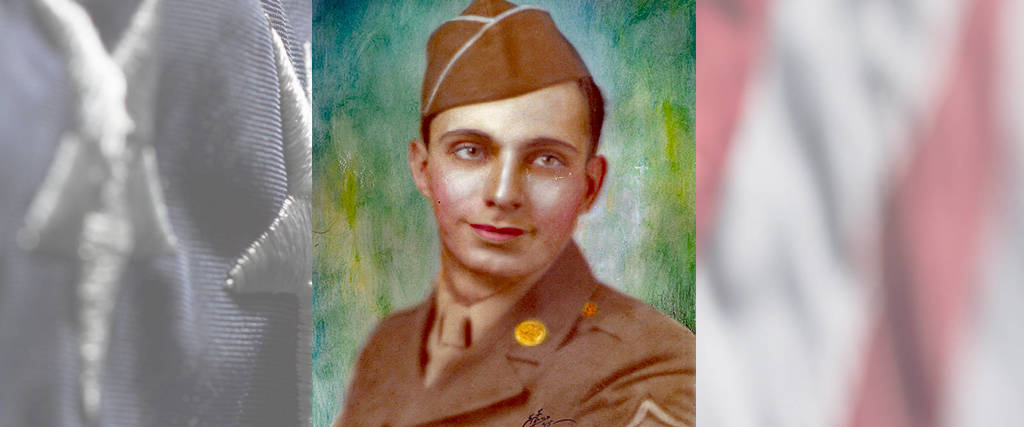U.S. Army World War II Steger, IL Flight date: May, 2019
By Frank Hauenschild, Honor Flight Chicago Veteran Interviews Volunteer
Born and raised in Steger, Illinois, Albert graduated from Bloom High School and was then employed by Steger Products. At the outbreak of WWII, Steger Products undertook government contracts to supply the military. Albert began as a painter and then, being an exceptional employee, took on a supervisory role in which he also trained new employees who were hired. Albert noted that most of the new employees were women since most of the men were off to war. As a supervisor at a factory that was supplying the government with products, Albert was deferred from active military service until the latter years of WWII. Given his deferred status, Albert took that opportunity to take leadership classes at Purdue University at night to bolster his education and his supervisory skills, while working during the day.
Albert ultimately entered the U.S. Army in May of 1944. Leaving his hometown of Steger, Albert went to Basic Training at Camp Croft in South Carolina. After completing Basic Training, he was sent to Ft. Benning to attend Officer Training School.
Following fifteen weeks of Officer Candidate School (OCS), Albert was placed on hold awaiting future orders. During that time, the Army requested volunteers to test and train on a new weapon that was being developed. It was considered a heavy armament piece of equipment that could be either handheld or mounted on a machine gun tripod and would deliver a lightweight artillery punch. Not wanting to be sitting around, Albert signed up for training as an instructor on the new recoilless rifle.
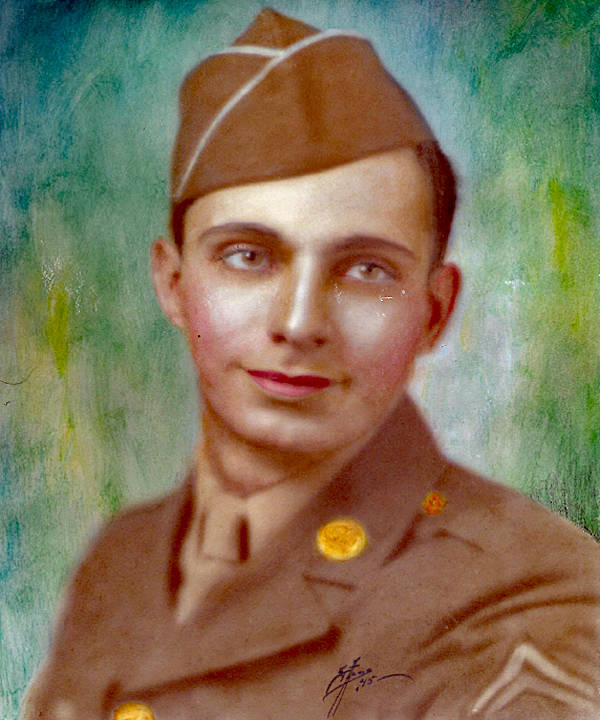

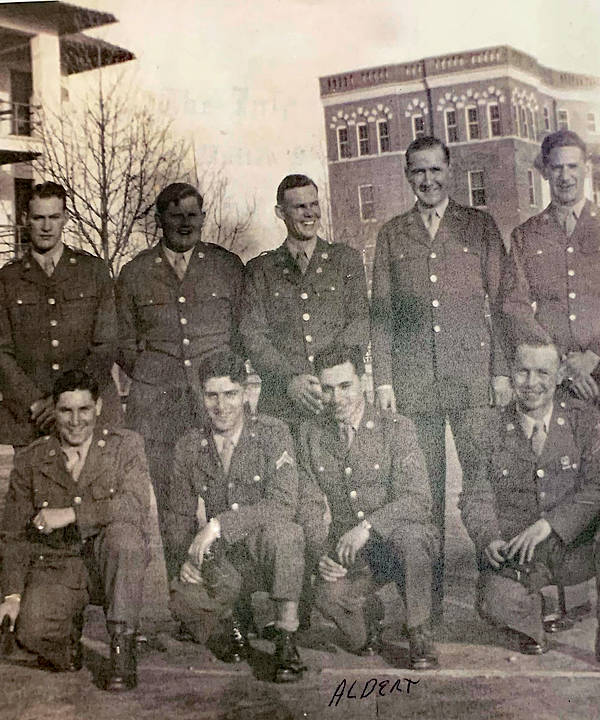
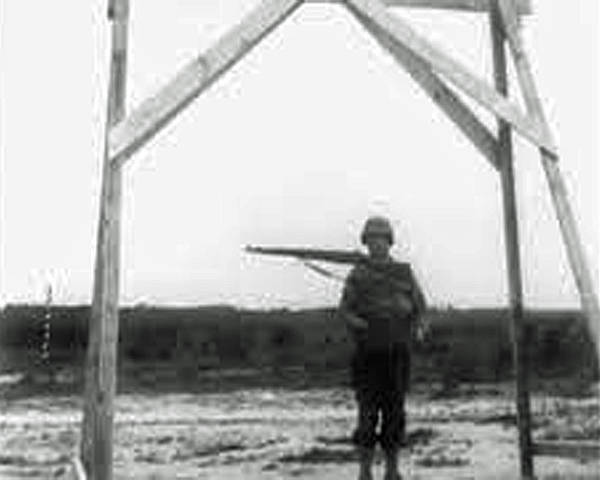
Albert departed to Camp Mabry in Austin, Texas, for training that would include learning every detail of the weapon, testing the weapon, training others on the use of the recoilless rifle, and, in the end, he knew he would be sent overseas for combat testing of the rifle. Completing the “Gunner Instructor 938” class in February of 1945, Albert, along with eight other instructors from the Infantry School began training other troops on two models of the the Recoilless Rifle, the 57mm handheld model and the 75mm tripod model. His training responsibilities also included giving demonstrations of this new weapon.
At one of the demonstration events in which Albert was the operator of the handheld model, he described hanging the 57mm recoilless rifle from ropes on an A-Frame structure and then pulling the trigger to launch the projectile. The purpose of this demonstration was to show that there was no recoil in firing the weapon. That day the demonstration was being presented to General Jonathan Wainwright, who was the Allied Commander in the Philippines. Albert recalled being given the nod to fire the weapon; he turned and looked up and saw General Wainwright standing on a hill with his staff. He said that he appeared to be superhuman in his uniform and watching intently. Albert pulled the trigger and launched the projectile and the rifle barely shook the ropes that support the weapon.
Albert became quite knowledgeable in both models of the new rifle. He stated that either model was highly accurate at 300 plus yards and recalled that it could enter a pill box opening with accuracy, highly devastating to anyone inside the enemy pill box. He heard stories that the Germans wondered how the GIs could get heavy artillery so close without being noticed. Albert just smiled and said it was not heavy artillery, “just a couple of GIs about 300 yards away with a recoilless rifle.”
Albert had two noted rules during training and operating the rifle. Rule Number One – do not stand anywhere behind the weapon. To make the rifle recoilless, the charging gases were distributed out of the rear of the weapon in order to counteract and to eliminate the recoil. Albert explained that the release of gases would emit an extreme pressure charge which would often be accompanied with flames. So the first cardinal rule was for the gunner and assistant to make sure no one was behind the rifle before firing. Albert’s Rule Number Two – do not adjust the aperture on the rear of the rifle. The aperture was factory set and if a gunner decided to adjust, or tweak the aperture, the recoil would be devastating to the gunner.
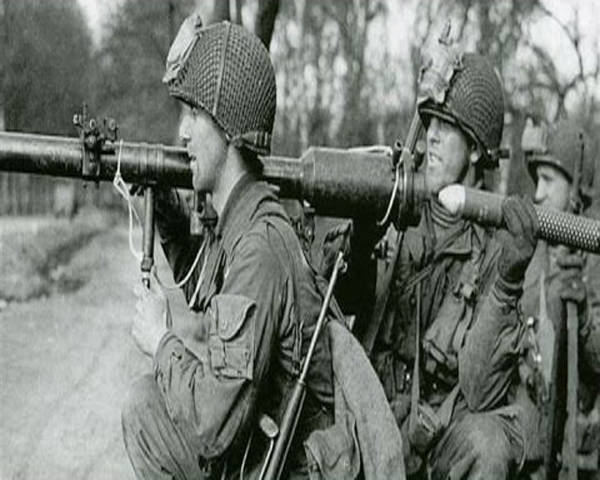
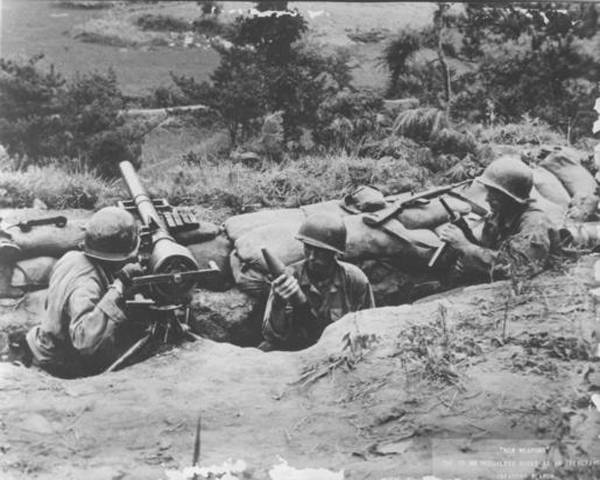
Albert witnessed a 75mm tripod mounted recoilless rifle malfunction when the rifle completely flipped over. He observed that with the exhaust charge being uncontrolled and very dangerous to anyone standing around, there was no way of telling where or how far the projectile would travel. The safe plan was that if the weapon developed a problem, the gunner should take it out of service for repairs and not try to fix the problem themselves.
Due to a death in his immediate family, Albert was not shipped overseas for combat testing. Albert, who obtained the rank of Technical Sergeant, remained in the Army after the end of the war and was discharged from active duty in September, 1946. His post-war assignment was to continue to train others on and give demonstrations of the use of the recoilless rifle. It became a mainstay of the military and was used extensively during the Korean War and in Vietnam.
Following his discharge, Albert returned to his hometown of Steger, Illinois, and to his wife, LaVerne, whom he married three days before leaving for Basic Training. He signed up and remained active in the Army Reserves for three years. Continuing to use his leadership skills, Albert was employed by various school supply companies in the Chicago area and formally retired in 1987. Remaining in the same home that they purchased in 1948, Albert and LaVerne raised four children, Robert, Rodney, Richard and Ruth Ann. They all remain close to Albert and live in the same area. Admirably carrying on Albert’s service to our country, his firstborn child, Robert, served in Vietnam and Robert’s son, Andrew, served overseas during the Iraq conflict.



